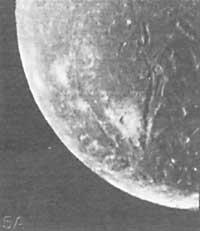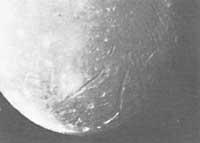Clarifying the mysteries of Urano

In January the space probe "Voyager 2" issued by the Americans approached Uranus. On his long journey was the third planet he visited. First he gave us some interesting news about the giant planet Jupiter. Second, he explained a new vision of the fascinating Saturn, surrounded by rings. And thirdly, in his long journey away from the Solar System, he meets Uranus.
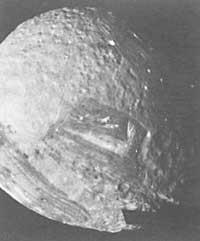
In this case, the photographs and data that have been issued along hundreds of thousands of kilometers have also clarified eleven points about Urano.
In this simple and brief review we will speak exclusively of the data obtained from the Uranus satellites. The main satellites of Uranus are five: Miranda, Ariel, Unbriel, Oberon and Titania.
In the image we have the relative size of the five main satellites of Uranus. This image was taken when Voyager 2 was 5 million colometers from Uranus. A different albedo of satellites is perceived. The albedo gives us the radiation that is reflected. Unbriel, according to its name, reflects the smallest light; 12% of what it receives. Ariel and Miranda reflect 30% and Titania and Oberon 20%.
Miranda Miranda
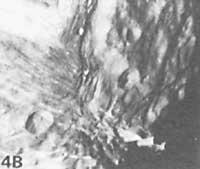
It is the smallest of the moons. Photo 4A is the assembly of several photographs taken at a distance of between 30,000 and 40,000 km. The resolution obtained from this distance is very high, between 560-740 m. In the image you can see plots of two different characteristics. One of them is covered by small craters (which indicate the impact of meteorites) and the other cut with a long flaw.

It seems that in Miranda there is a lot of teclista movement, as indicated by the cliffs and valleys seen in photo 4B. The impact crater located at the bottom has a radius of 15 km.
Oberon oberon
The photograph taken from the km 600.000 (Photo 6) shows a lot of impact craters. The Oberon craters are surrounded by brilliant rings of ice. Oberon closely resembles Calixto, the satellite of Jupiter. The dark ice stain in the middle of the image can indicate an ancient volcanic activity. On the left, at the bottom, you can see a mountain about 6 km high.
Titania Titania
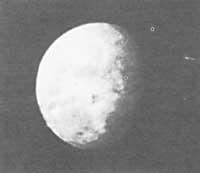
With a diameter of 1600 km, the Titania is the largest satellite in Uranus. 7 In the photo (taken from 369,000 km. As in the case of other satellites, a lot of crater is seen. However, the cannons that are seen are a sign of tectonic activity.
Unbriel
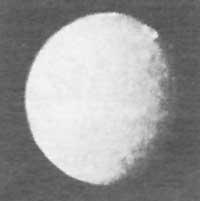
Unbriel is the darkest satellite and has a surface without great contrasts. 6 The photograph has a resolution of 19 km and shows the abundance of characters of impact. The geological character of the annular spot around the termitator, that is, the line that separates the dark part of the light, is msterious. Unbriel has 1200 km of diameter.
Ariel Ariel Ariel
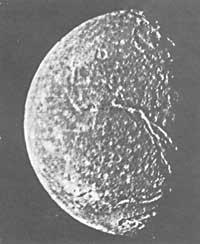
The complexity of Ariel's surface represents a long geological history (Photo 5A). It takes 130,000 km, giving a resolution of 2.4 km.
Numerous craters on the skin indicate that it has suffered a long bombardment. On the other hand, the valleys of Photo 5B are a sign of tectonic activity on the one hand and can point out that their appearance has never been covered with fluent matter.
